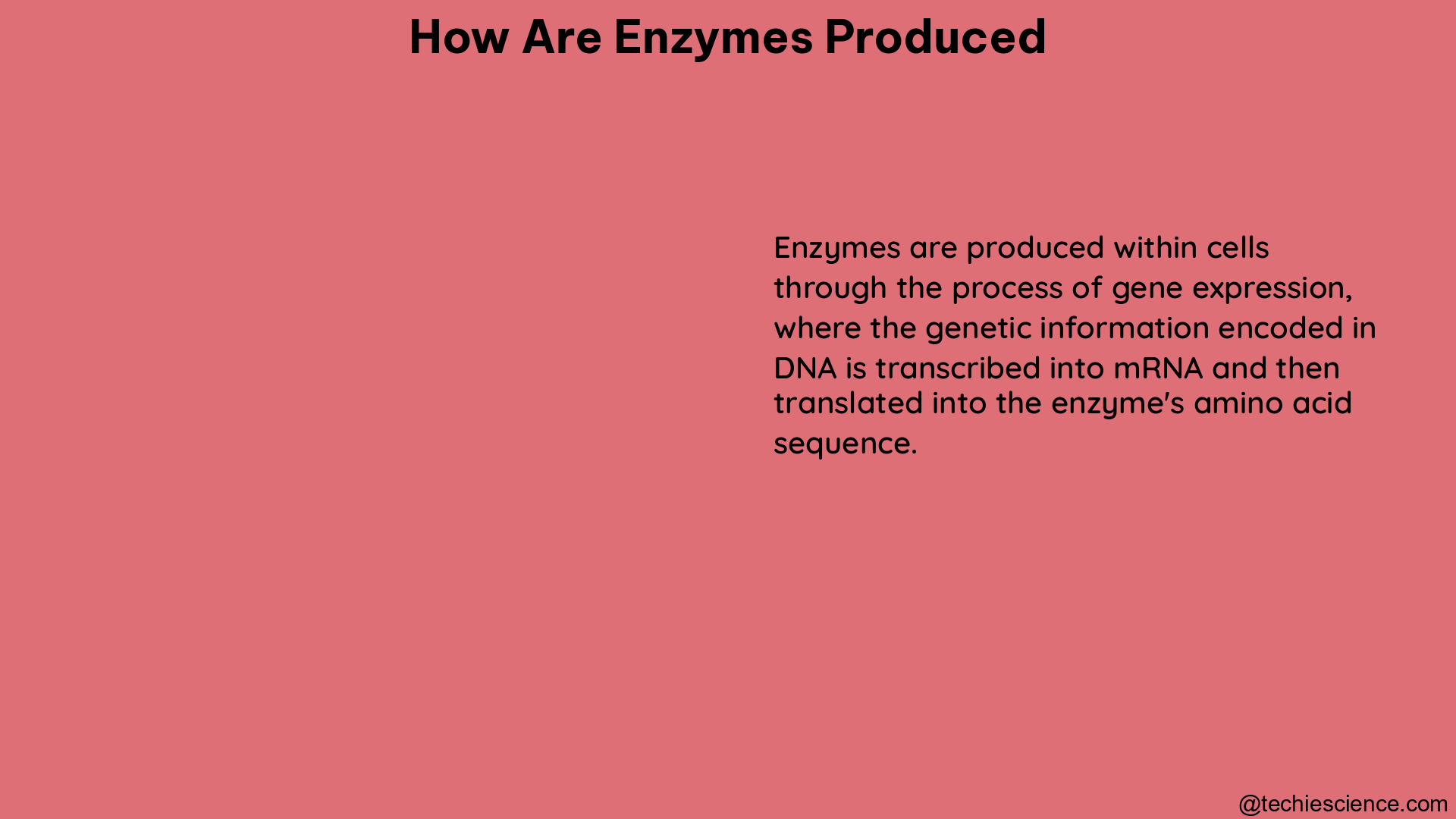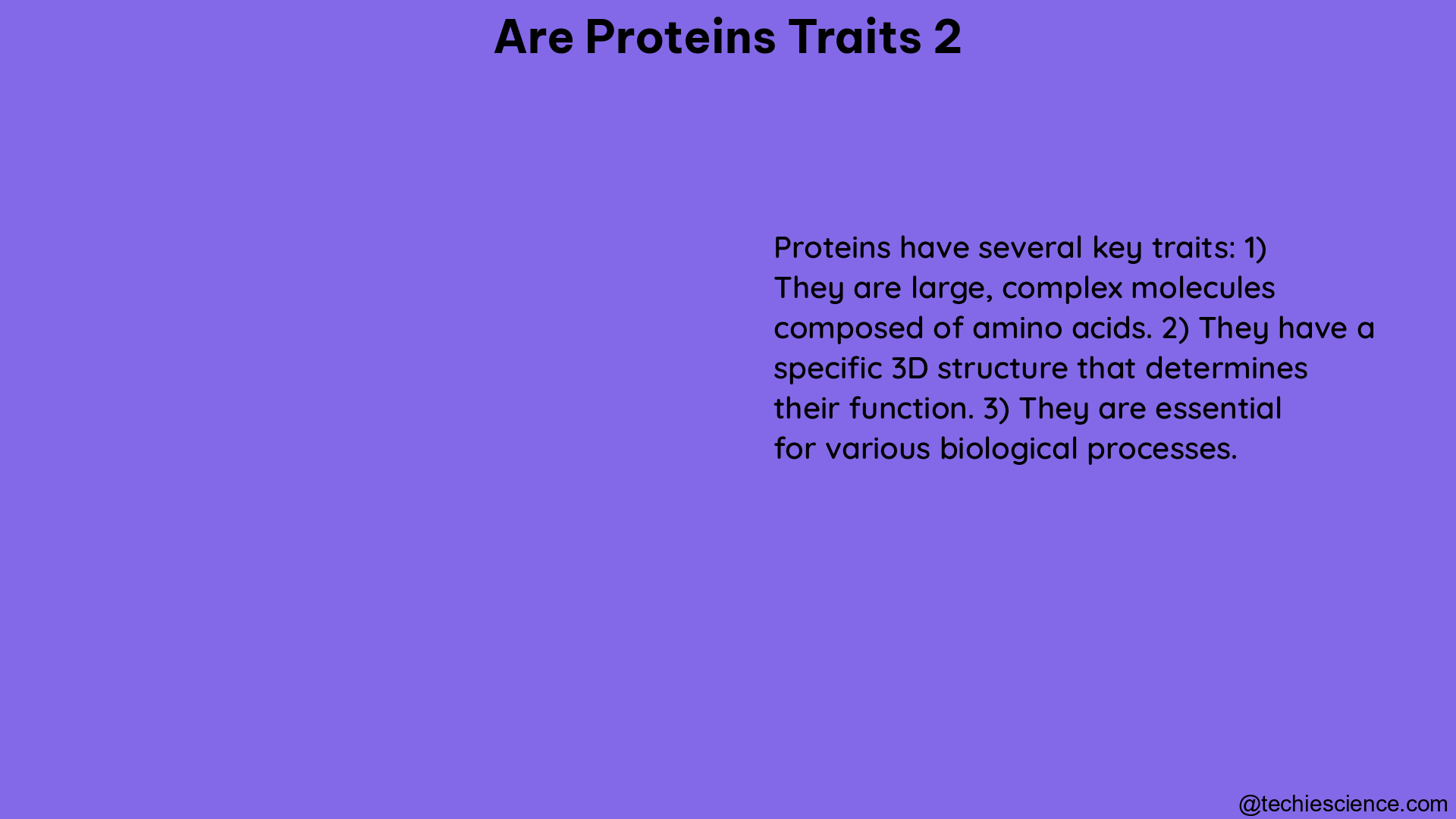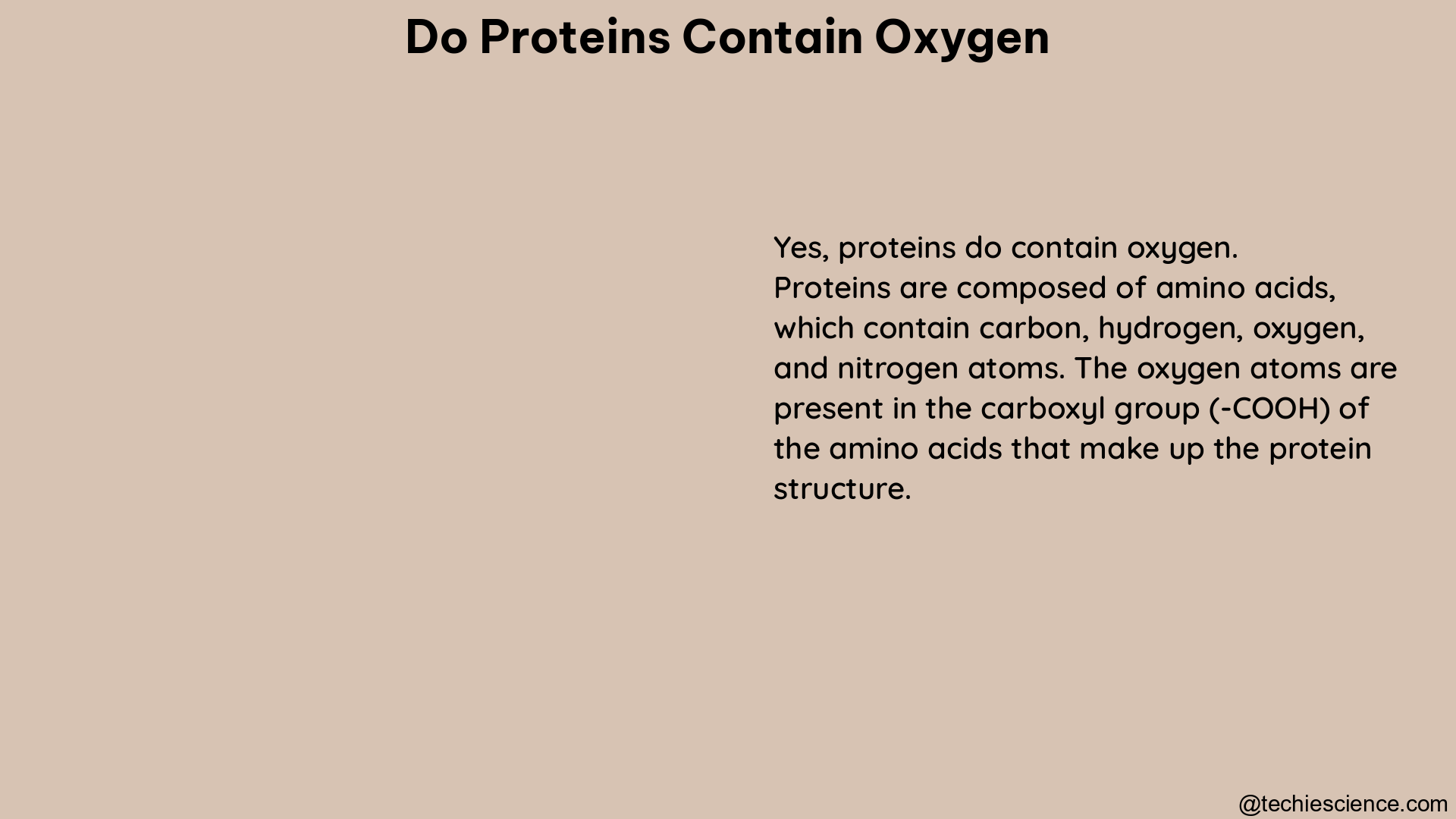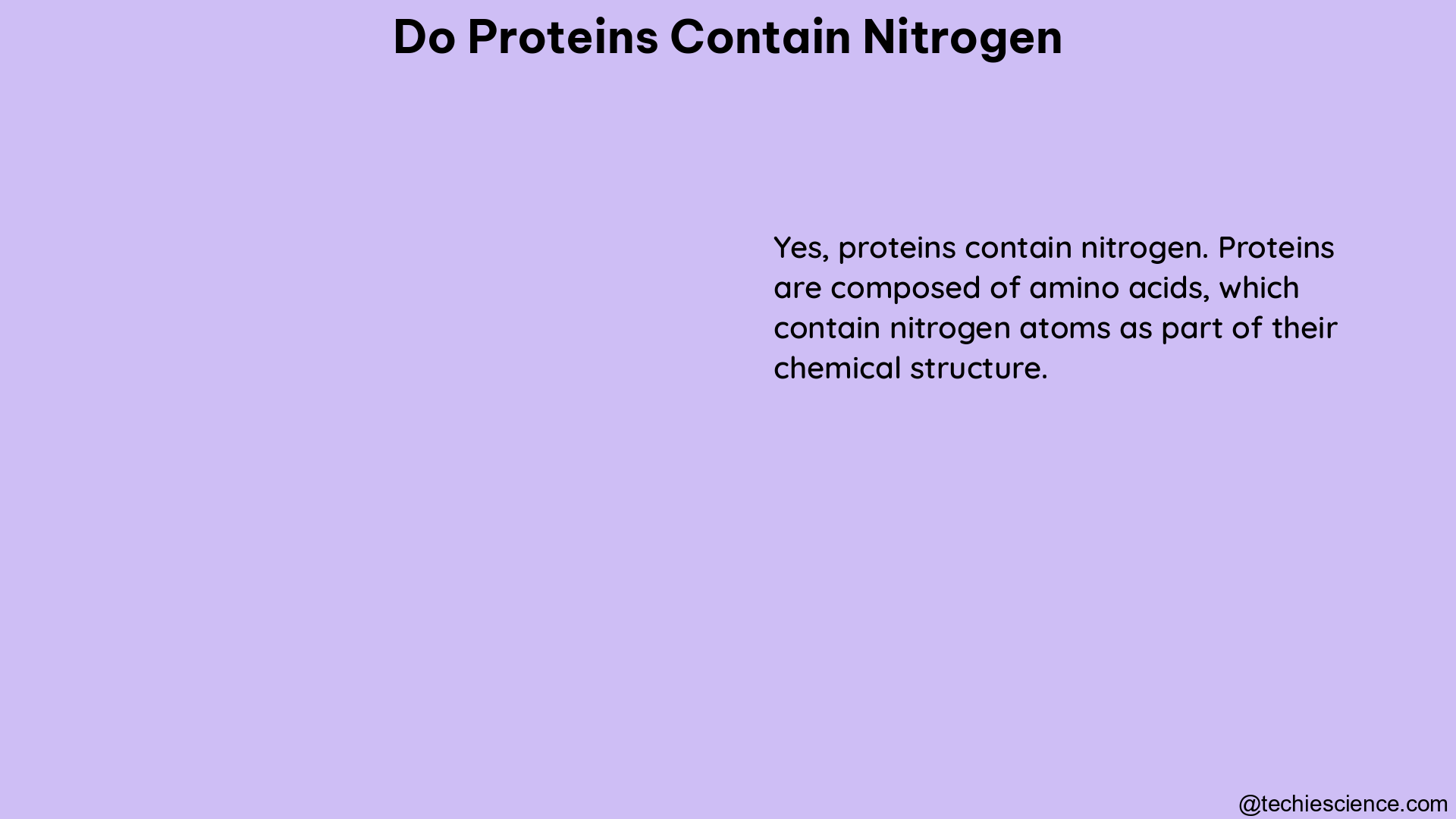Enzymes are the unsung heroes of photosynthesis, the process by which plants convert light energy into chemical energy. This intricate dance of biological catalysts is responsible for replenishing Earth’s atmosphere with the oxygen we breathe, making it essential for the survival of all oxygen-dependent organisms.
Understanding the Importance of Enzymes in Photosynthesis
Photosynthesis is a complex process that involves a series of enzymatic reactions. These enzymes play a crucial role in facilitating the various stages of photosynthesis, from the initial light-dependent reactions to the final carbon fixation step. Without the precise and efficient functioning of these enzymes, the entire process would grind to a halt, leaving our planet devoid of the oxygen necessary for life.
Measuring the Rate of Photosynthesis
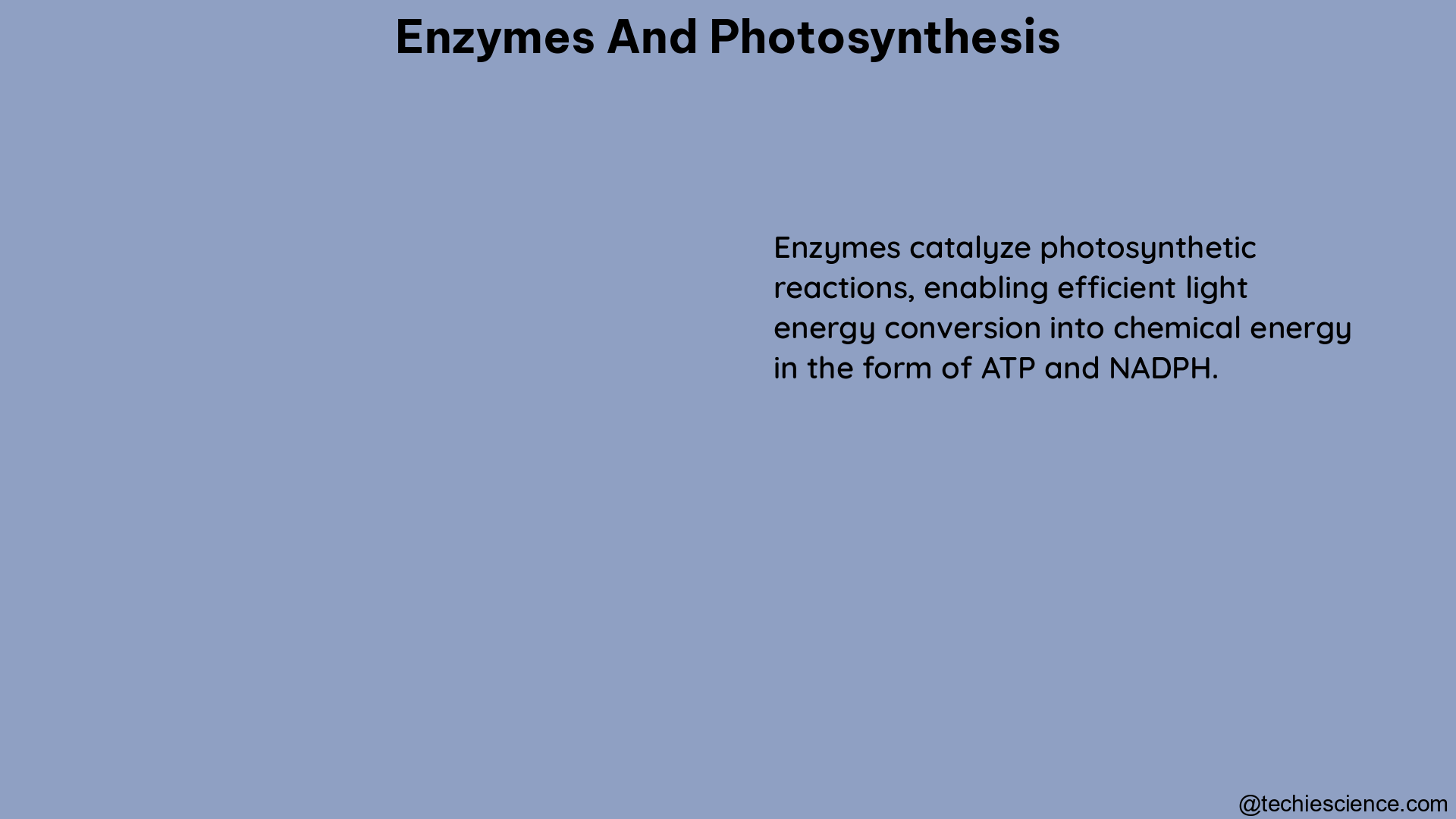
Accurately measuring the rate of photosynthesis is crucial for understanding the underlying enzymatic processes. Here are some of the most commonly used methods:
Floating Leaf Disk Assay
The floating leaf disk assay is a simple and effective way to measure the rate of photosynthesis. This method involves punching out leaf disks from a plant and submerging them in a baking soda solution. As the plant leaf photosynthesizes, oxygen is produced and accumulates as gas bubbles on the surface of the leaf disk. The increased buoyancy of the leaf disk causes it to rise to the surface of the solution, and the time it takes for the disk to reach the top is a direct measure of the rate of photosynthesis.
Gas Exchange Measurements
Another way to measure photosynthesis is by monitoring the net rate of gas exchange. This involves placing leaf tissue in an enclosed space with water, where carbon dioxide interacts with the water molecules to produce bicarbonate and hydrogen ions, changing the pH of the solution. As the plant takes up more CO2 during photosynthesis, the concentration in the solution decreases, and the alkalinity increases. This change in pH can be measured using a probe or by monitoring the CO2 levels with a data logger.
Biomass Changes and Starch Quantification
Photosynthesis can also be measured indirectly by tracking changes in biomass. This method requires the plant tissue to be completely dehydrated before weighing to ensure that the change in biomass represents organic matter and not water content. An alternative approach is to measure the change in starch levels, which can be identified through iodine staining and quantified using a colorimeter.
Factors Affecting Enzyme Activity in Photosynthesis
Enzymes are the driving force behind photosynthesis, and their activity can be influenced by various environmental factors. Understanding how these factors impact enzyme function is crucial for optimizing photosynthetic rates.
Temperature
Temperature is a critical factor that affects the rate of photosynthesis by impacting the frequency of successful enzyme-substrate collisions. At low temperatures, the respiration rate will be low due to insufficient kinetic energy for frequent collisions. Conversely, at high temperatures, the enzymes begin to denature and lose their functionality, leading to a decrease in photosynthetic rates. The optimal temperature for photosynthesis is the one that reflects the ideal conditions for the enzymes involved, such as Rubisco, the key enzyme in the carbon fixation process.
pH
The pH of the environment also plays a crucial role in enzyme activity during photosynthesis. Enzymes are sensitive to changes in pH, as it can affect their charge and solubility. Photosynthetic rates will be highest at a pH that reflects the optimal physiological conditions, typically around pH 7. Any deviation from this optimal pH range can cause the enzymes to denature, reducing the overall rate of photosynthesis.
Enzymes Involved in Photosynthesis
Photosynthesis is a complex process that involves a multitude of enzymes, each playing a specific role in the various stages of the reaction. Some of the key enzymes involved in photosynthesis include:
-
Rubisco (Ribulose-1,5-bisphosphate carboxylase/oxygenase): This enzyme is responsible for the carbon fixation step, where it catalyzes the addition of carbon dioxide to a five-carbon sugar, ribulose-1,5-bisphosphate, to form two molecules of 3-phosphoglycerate.
-
Chlorophyll Synthase: This enzyme catalyzes the final step in the biosynthesis of chlorophyll, the pigment responsible for the green color of plants and the absorption of light energy during the light-dependent reactions of photosynthesis.
-
Photosystem I and II Enzymes: These enzymes are involved in the light-dependent reactions of photosynthesis, where they facilitate the transfer of electrons and the generation of ATP and NADPH, which are essential for the carbon fixation process.
-
Carbonic Anhydrase: This enzyme catalyzes the interconversion of carbon dioxide and water to bicarbonate and hydrogen ions, which is crucial for maintaining the pH balance and providing the necessary substrate for the carbon fixation step.
-
Glucose-6-Phosphate Dehydrogenase: This enzyme plays a key role in the Calvin cycle, where it catalyzes the first step in the conversion of glucose-6-phosphate to ribulose-5-phosphate, a crucial intermediate in the carbon fixation process.
-
Fructose-1,6-bisphosphatase: This enzyme catalyzes the conversion of fructose-1,6-bisphosphate to fructose-6-phosphate, an important step in the Calvin cycle and the production of glucose and other carbohydrates.
Understanding the specific roles and interactions of these enzymes is essential for gaining a comprehensive understanding of the photosynthetic process and its optimization.
Conclusion
Enzymes are the unsung heroes of photosynthesis, playing a crucial role in facilitating the various stages of this life-sustaining process. By understanding the importance of enzymes, the methods for measuring photosynthetic rates, and the factors that affect enzyme activity, we can gain valuable insights into the intricate workings of this fundamental biological process. This knowledge can be applied to optimize photosynthesis, enhance crop productivity, and contribute to the overall sustainability of our planet.
References
- Buchanan, B. B., Gruissem, W., & Jones, R. L. (Eds.). (2015). Biochemistry and molecular biology of plants. John Wiley & Sons.
- Taiz, L., Zeiger, E., Møller, I. M., & Murphy, A. (2015). Plant physiology and development. Sinauer Associates, Incorporated.
- Lawlor, D. W. (2001). Photosynthesis. Bios Scientific Publishers.
- Raven, J. A., Cockell, C. S., & De La Rocha, C. L. (2008). The evolution of inorganic carbon concentrating mechanisms in photosynthesis. Philosophical Transactions of the Royal Society B: Biological Sciences, 363(1504), 2641-2650.
- Blankenship, R. E. (2014). Molecular mechanisms of photosynthesis. John Wiley & Sons.

